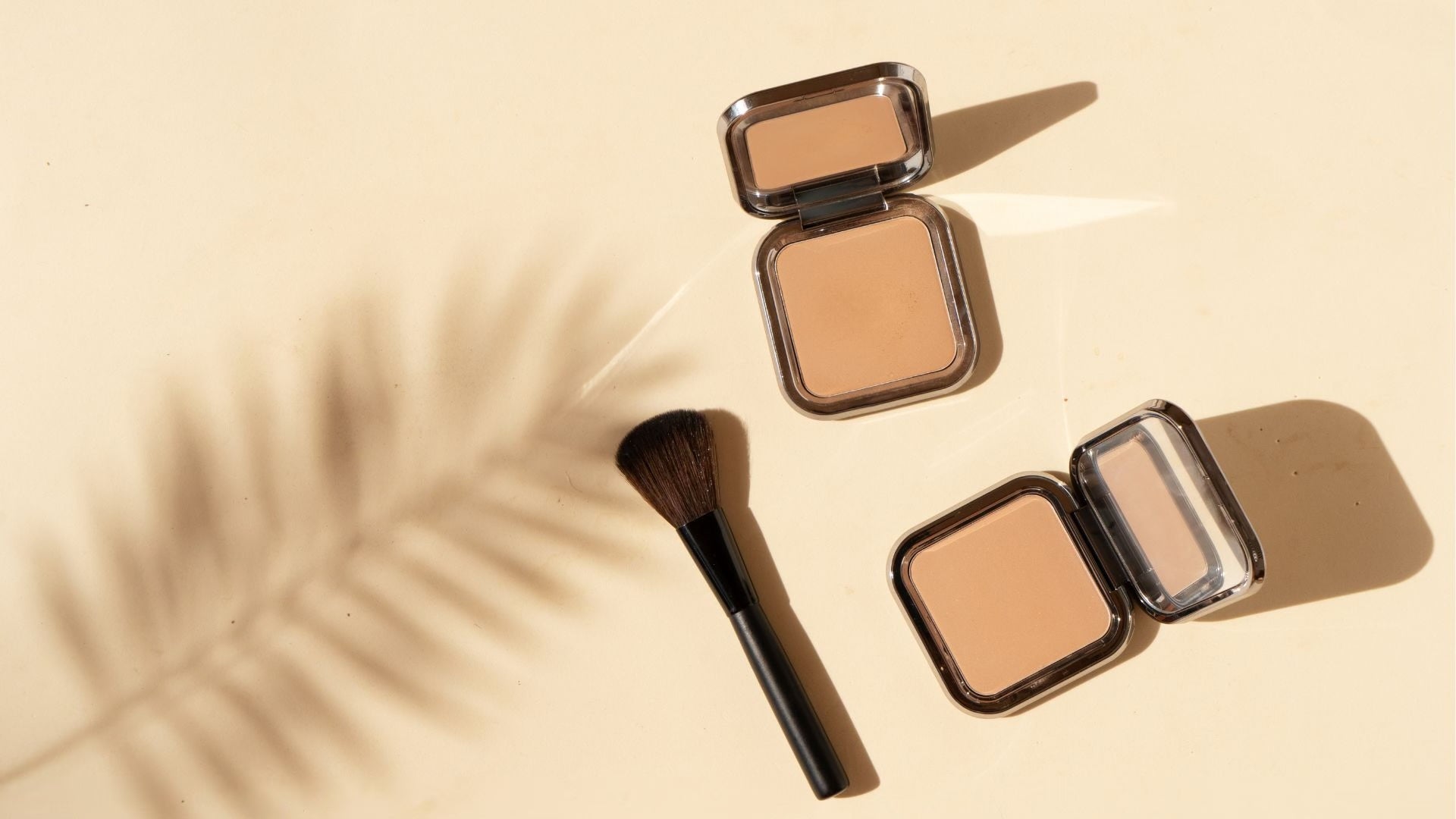The Myth of Mineral Makeup
We’ve all seen the ad campaigns for a mineral foundation/powder/concealer: a flawless face surrounded by buzzwords like pure, healthy, natural… but is it accurate? The clogged pores and acne of mineral makeup users beg to differ! Read on to find out why you should ditch mineral makeup products, and how to fix the damage they may have already caused.
Shimmer at a cost
Take a look inside your makeup bag and what products it holds. Bronzer, foundation, concealer, highlighter? The glimmering sheen that mineral makeup products leave may be pretty, but it’s costing you clean, glowing skin and resulting in acne instead.
The term “mineral makeup” is similar to “pure” or “all-natural.” It’s not actually policed or specifically defined, so cosmetic companies can freely throw it around in their marketing in order to tap into a popular industry trend. The truth is that the mineral ingredients in these products are just microscopic rocks that are rubbed into your skin on a daily basis. Even worse, these tiny rocks are washed in toxic chemicals in order to “process” them after mining. Most women apply makeup and leave it on for the entire day; that’s at least 12 hours of these harmful chemicals and rocks being absorbed by your skin every day! The results include irritated skin, acne and rosacea, clogged pores, and other health effects from toxins entering the bloodstream.
What’s hiding in your makeup products?
Mica
The dazzling luster in your bronzer, blush, eyeshadow and more is most likely because of this ingredient. Mica, or muscovite, can compose 50-90% of certain products and often claims a top spot in ingredient lists, but is it safe? Mica is a popular component of many beauty products… as well as wallpaper, insulation, cement and asphalt. Workers at mica/muscovite mills and construction sites are at risk of long-term lung damage due to inhalation of the substance. Still want to slather onto your skin?
Lead
Byproducts of lead, such as bismuth oxychloride, as well as the toxic heavy metal itself can be found in many ingredient lists. Even though the harmful effects of lead are well-known, it’s still allowed to be in your beauty products!
The (literally) toxic cycle
The most disappointing aspect of the mineral makeup trend is that cosmetic brands know of these harmful effects… and profit off of them. Brands sell products containing minerals while playing into consumer trends through the “all-natural” marketing, women apply their makeup and force their skin to process rocks and toxins for hours each day, the skin in turn becomes filthy in appearance and acne infections flare up. What happens next? Women feel the need to buy more makeup products to conceal their irritated skin! This cycle is happily perpetrated by the cosmetics industry, at the cost of their customers’ health and beauty.
How to save your skin
As the years of wearing makeup stack up, women fall into the trap of believing this is just the way things are: just keep on concealing skin flaws with makeup, acne is unavoidable, maybe this new “all-natural” and “pure” product will help? Don’t believe the myth of mineral makeup.
Your skin was meant to be clear, clean, and glowing, and the Résolu Method can accomplish this! When you book your consultation, each client receives a thoughtfully curated list of makeup products without rocks or dangerous chemicals. As you begin the journey to flawless skin, our product line and treatments work diligently and effectively to pull the years of mineral absorption out of your skin.


